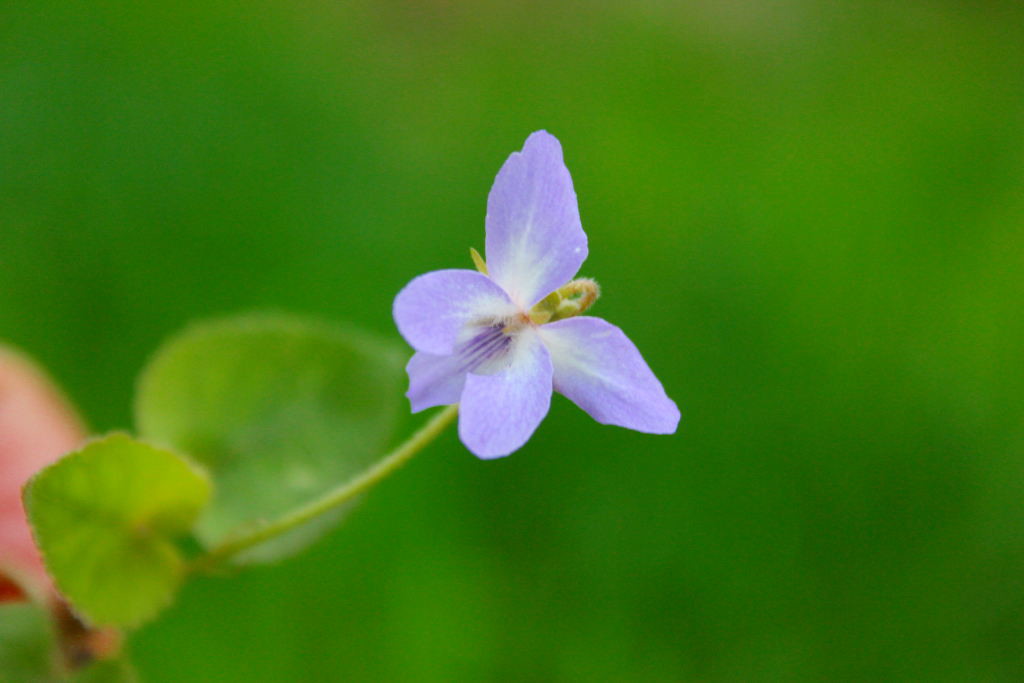
Viola serpens (Banapsha)
Viola serpens, commonly known as Banapsha or wild violet, is a low-growing medicinal herb found in the Great Himalayan National Park (GHNP) and other temperate regions of the Indian Himalayas. This small but significant plant is highly valued in traditional medicine, especially in Ayurveda and Unani systems, for its cooling and expectorant properties.
Habitat and Distribution
Viola serpens thrives in moist, shaded forest floors, grassy slopes, and along stream banks at elevations ranging from 1,500 to 3,000 meters. In GHNP, it is commonly found in the lower to mid-altitude zones, par
| Local name | Banafsha |
| Botanical name | Viola serpens |
| Family | Violaceae |
| Description and uses | It is an erect annual herb, flowers white or pale-violet. Capsule ellipsoid. The best season of flowering and fruiting is May-July. It is common in moist slopes, in Tirthan valley at an altitude of 2000-3600m. The Herb is diaphoretic and antipyretic; Flowers are used to treat cough, sore throat, kidney diseases, Liver disorders and infantile affection. Locally the decoction of herb is given in cough and cold. |
ticularly in forested regions of the Tirthan and Sainj Valleys.
Botanical Description
A member of the Violaceae family, this perennial herb features heart-shaped leaves and delicate violet or bluish flowers with five petals, blooming from March to June. The plant typically reaches a height of 10–15 cm and spreads through rhizomes, forming small patches on the forest floor.
Medicinal Uses of Banapsha
Banapsha has been traditionally used to treat coughs, colds, bronchitis, and fever. Its mucilaginous properties help soothe the respiratory tract. In rural Himalayan communities, Banapsha is often boiled with honey and consumed as a herbal tea. Modern research is beginning to validate many of its traditional applications, especially its anti-inflammatory and antioxidant properties.
Conservation and Ethical Harvesting
Due to its rising demand and overharvesting, Viola serpens is becoming increasingly rare in the wild. The Great Himalayan National Park provides a protected habitat, but awareness and sustainable harvesting practices are essential to prevent its depletion. Cultivation initiatives are also underway in some regions.
Cultural Significance
Banapsha holds a special place in Himalayan households, where it is considered a natural remedy for seasonal illnesses. Its flowers are also sometimes used for decorative or ceremonial purposes in local traditions.



